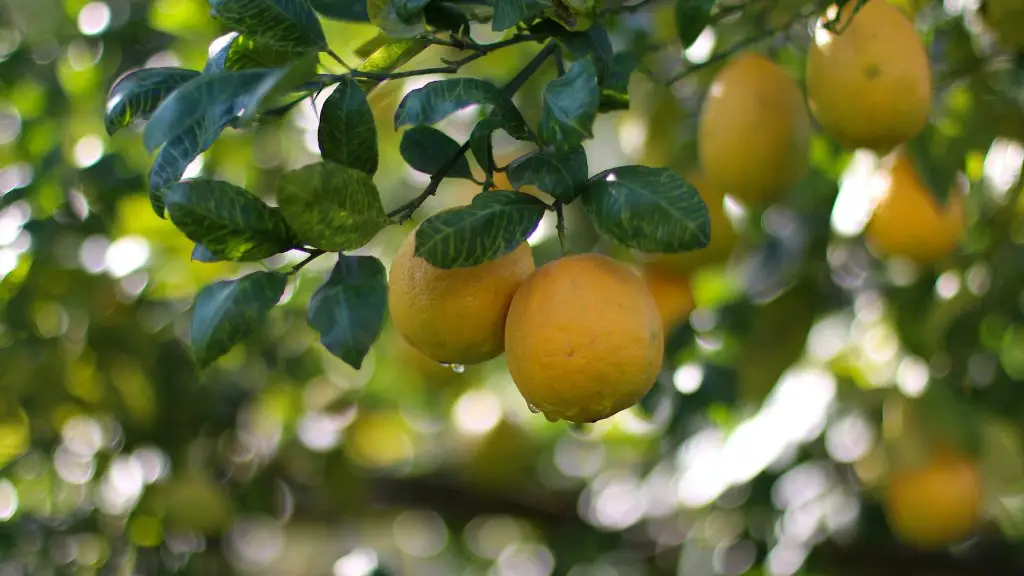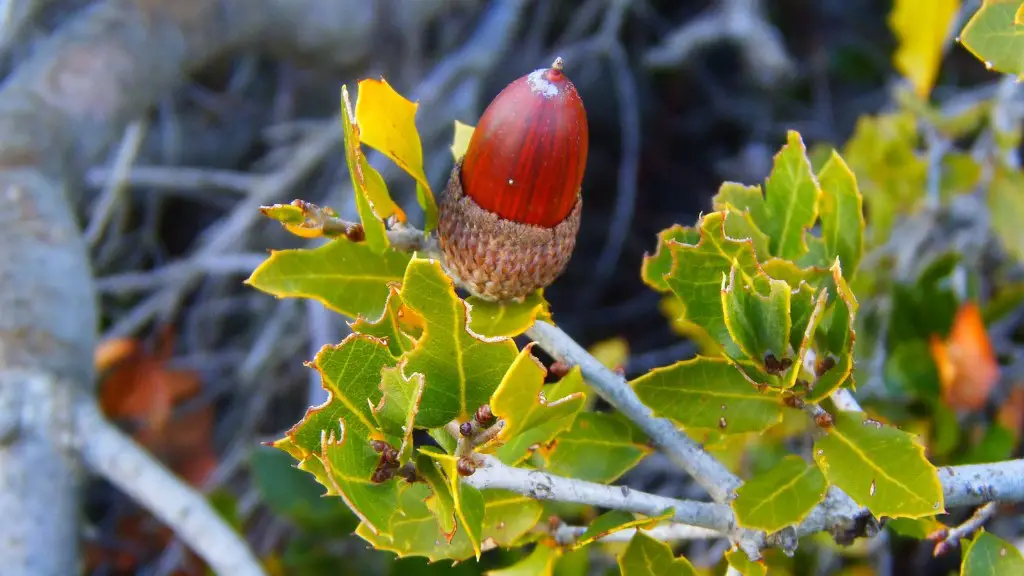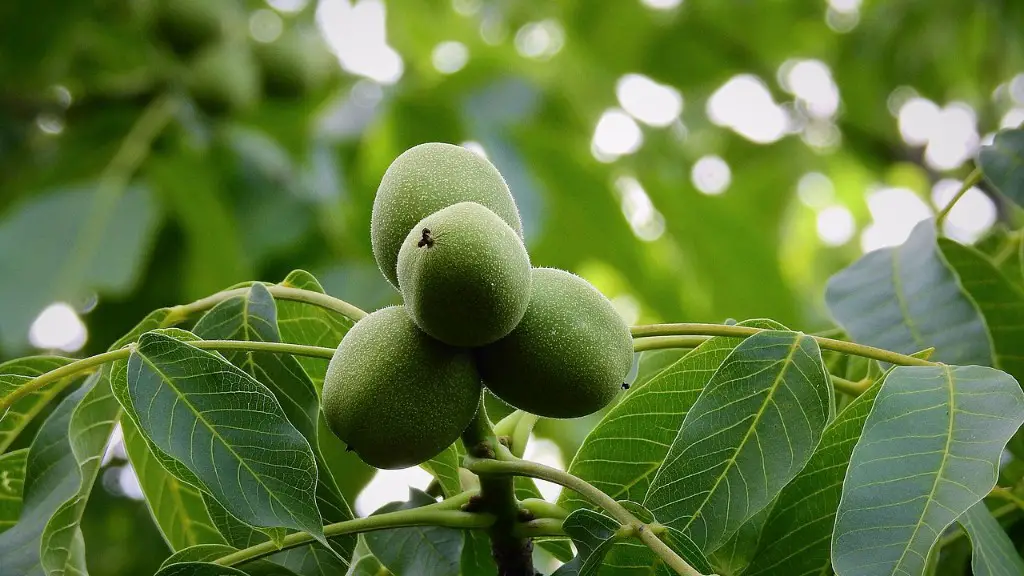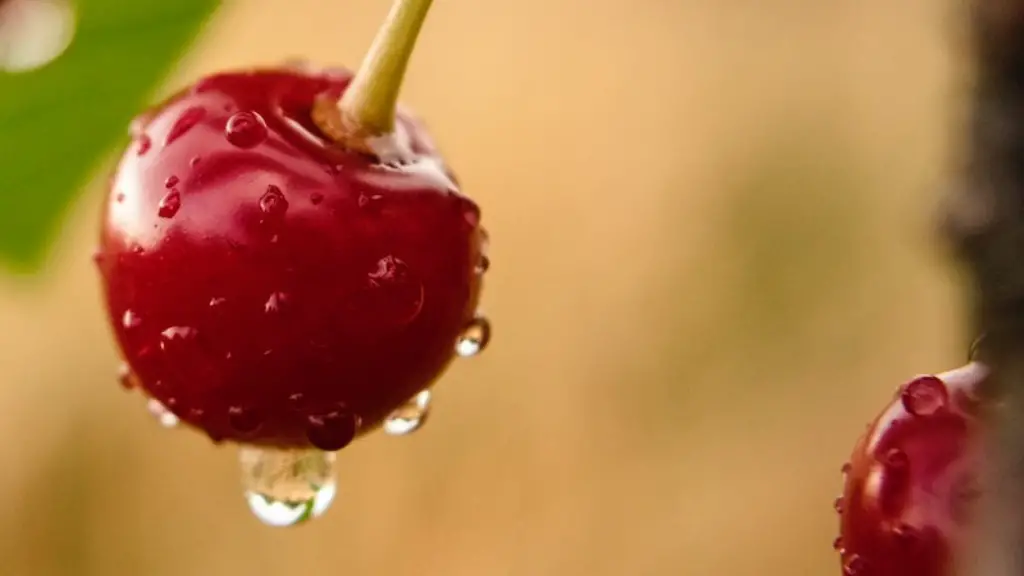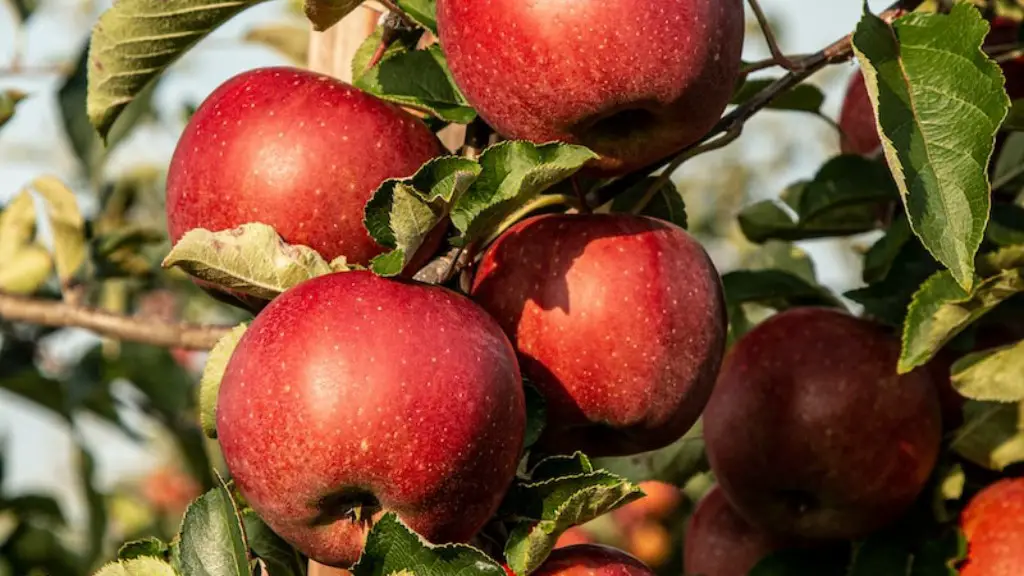Preparing your soil for planting a lemon tree is an important part of keeping your tree healthy and producing a bounty of lemons. Following the steps below will ensure that your lemon tree is off to the best start and is on the path to a long, productive life.
Begin by examining the pH level of your soil. This can be done with a home pH testing kit or you can take a sample to your local nursery. The ideal pH level for a lemon tree is between 6.0 and 7.0. If the level is too low, you can add lime to the soil to bring the necessary pH level up. Alternatively, if the pH is too high, sulfur is the recommended remedy.
Next, you’ll want to break up any clods and clumps within the soil to create aerated, loose soil. You don’t want the soil to be too fine and powdery, but it should be light enough to disperse the roots of the tree as it grows.
The next step is to incorporate organic material, such as compost, well-rotted manure, or organic feed, into the soil. This helps maintain the PH balance of the soil, as well as adds important nutrients and micronutrients to the soil that the tree needs to grow strong.
It is also important that the soil has sufficient drainage. Sandy soils tend to drain the best, but if your soil is predominantly made up of clay, it should be amended with sand or peat moss before planting the lemon tree. Too much water can spell disaster for your young tree.
Finally, you should apply an all-purpose, time-released fertilizer to your soil prior to planting. Again, check with your local nursery or garden center to find the best fertilizer for the types of plants you’ll be growing. This will help ensure that the young tree has ample nutrients to get off the ground.
With these steps complete, you can now get your lemon tree started on the path to delicious, healthy fruit production.
Fertilizing Periodically
Once your lemon tree has been planted and has grown roots, it is essential that you fertilize it periodically. The best fertilizer is one specifically formulated for citrus trees, as it will contain the necessary levels of nitrogen, phosphorus, and calcium that citrus trees need to thrive.
Your lemon tree should be fertilized every four to six weeks for the first year, and every eight to twelve weeks for the following years. You may need to adjust accordingly based on the current season and the existing health of the tree. Additionally, you should use organic fertilizers only, as these are less likely to burn or shock the roots of your lemon tree.
When fertilizing, be sure not to add too much; too much fertilizer can be just as detrimental as too little. You may be tempted to over-fertilize if the leaves of the lemon tree appear green and healthy, but this can actually cause the tree to become unhealthy and produce fewer lemons.
Be sure to check with your local nursery or garden center to determine the proper amount of fertilizer to use and when to apply it.
Watering Adequately
Not only must your lemon tree be adequately fertilized, but it must also be properly watered. Like most other plants, a lemon tree needs just the right amount of moisture – not too much, and not too little. Too much water may cause the roots of the tree to rot, while too little water may impede the growth of the tree.
The amount of water needed by your lemon tree will depend on the weather conditions and the season. Generally, during the hot months of summer, it’s best to give the tree a deep watering about twice a week; during the cooler months of winter, you can reduce the frequency of waterings to about once a week.
Be sure to water the soil and not the leaves of the tree, and avoid using too-cold water; warm or tepid water is best for the roots, as too-cold water can be jarring to the delicate roots.
When water is needed, give the tree a deep watering until the water begins to pool out of the drainage holes of your pot or planter box. This will ensure that the moisture is penetrating deep into the soil and is reaching the roots.
Pruning The Tree
Pruning your lemon tree is an important part of keeping it healthy and producing delicious lemons. Pruning should be done annually and should begin when your tree is young – even when it is still in a pot or planter box.
Begin by removing any dead, diseased, dying, or damaged branches, as well as those that crowd the center of the tree. You’ll also want to thin out any thick twigs that are inhibiting the growth of other branches, as well as trim branches that are growing beyond the natural shape of the tree.
When pruning, use clean, sharp pruning shears and make sure to sanitize them after every use. Be sure to leave at least a few leaves and twigs on each branch you prune so that the tree can produce buds and blossoms, and eventually, lemons.
Additionally, be mindful of any shoots that are growing from the rootstock of your tree. These should be removed, as they can rob nutrients from the lemon tree and can be difficult to control if left to grow.
Providing Protection
When growing a lemon tree, it is important to ensure that it is properly protected from cold. Lemon trees are sensitive to cold weather, so you’ll want to ensure that your tree is kept in the optimum temperature range.
If your tree is in a pot or planter box, bring it indoors during periods of cold weather. If your tree has been planted in the ground, be sure to cover it with plastic or fabric tree wrap to protect it from the elements.
It is also important to protect your tree from pests. Citrus trees can be vulnerable to many types of pests, including aphids, mealybugs, and scale insects. Inspect your tree regularly for signs of bugs or infestations and treat accordingly.
Finally, ensure that your lemon tree is getting enough light. Lemon trees are best suited for full sun, so be sure to position the tree in an area that gets at least 6-8 hours of direct sunlight per day.
Ensuring Prevention Of Disease
In addition to pests, it is also important that you take measures to prevent disease. Lemon trees are susceptible to a range of fungal diseases, such as nematodes, verticillium wilt, and citrus blight. To fend off these diseases, try to ensure that the soil around your lemon tree stays relatively dry and that there is good air circulation around the tree.
Should your tree become afflicted with any of the aforementioned fungi, it is best to contact an arborist or fruit tree specialist, as they will be best equip to diagnose and treat the problem.
It is also important to be aware of citrus greening disease, also known as Huanglongbing or “HLB.” This bacterial disease can be destructive to citrus trees and can spread quickly, so it is important to be on the lookout for signs of the disease and to act quickly if suspected.
These steps should be taken to ensure that your lemon tree stays healthy and is able to produce the bounty of lemons you expect. By providing your tree with proper nutrition, water, pruning, protection, and prevention, you can help ensure its success.
